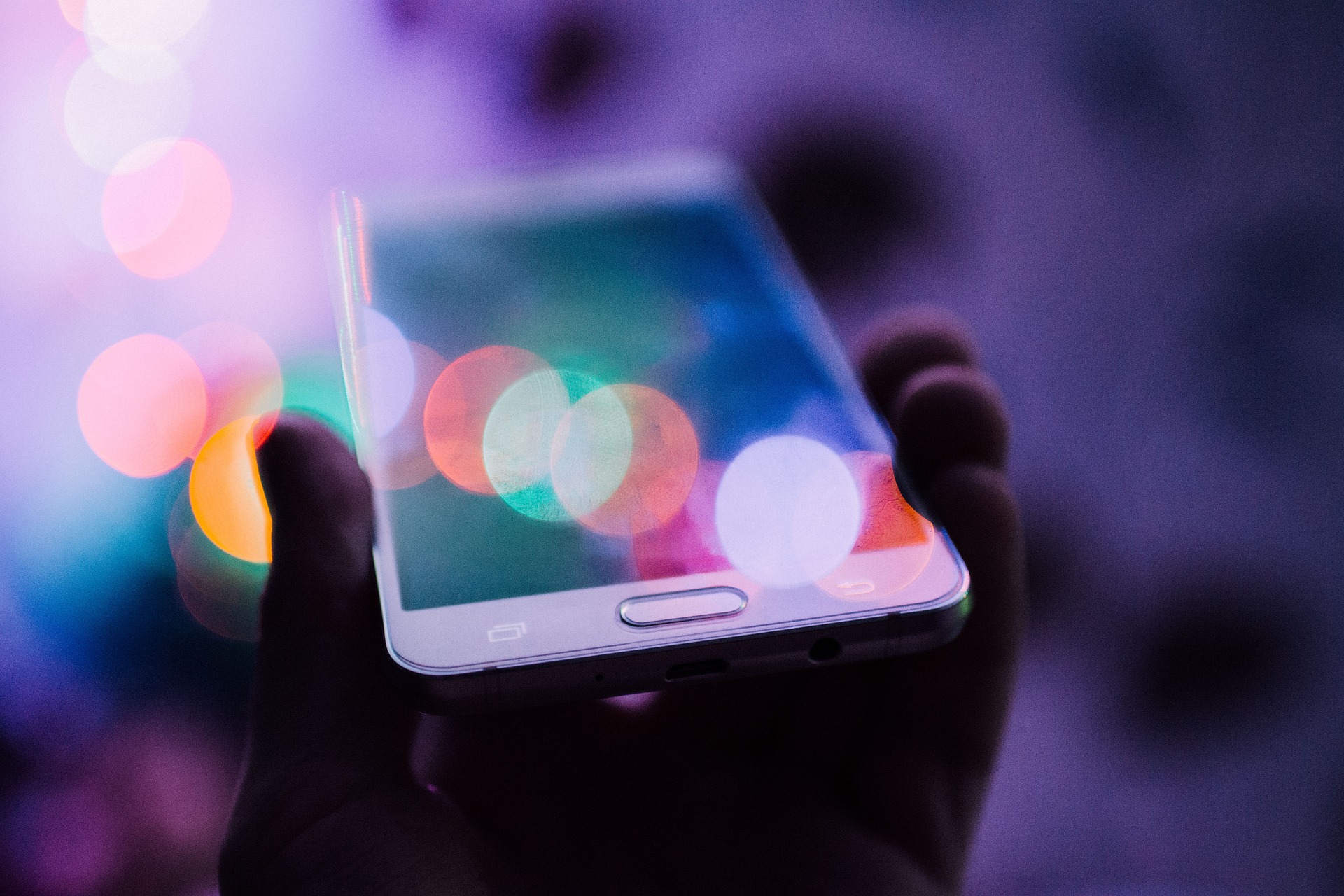"Decoding the Intricacies of LiDAR Technology: A New Age of Sensing and Perception"
The world of technology is evolving at a rapid pace, and one such development that has caught the attention of tech enthusiasts worldwide is LiDAR technology. This technology is not entirely new but has gained significant momentum in recent years due to its potential applications across various sectors. Let's delve into this fascinating world of light detection and ranging technology, its history, its recent advancements, and how it's reshaping our digital landscapes.
A Journey Back in Time: The Genesis of LiDAR
LiDAR, an acronym for Light Detection and Ranging, is a remote sensing method that uses light in the form of pulsed laser to measure distances. Its roots can be traced back to the 1960s, shortly after the invention of laser. Initially, it was used by meteorologists to measure clouds and pollution. Over time, the technology evolved and found its way into different industries ranging from archaeology to autonomous vehicles.
Current Developments: LiDAR in the Modern World
Fast forward to the present day, and LiDAR technology is making headlines for its integration into Apple’s iPhone 12 Pro models. This integration has brought LiDAR technology into the pockets of millions, making it a household name. The LiDAR scanner in these devices allows for more accurate depth perception, improving augmented reality (AR) experiences and offering more precise autofocus in low-light conditions.
LiDAR in Autonomous Vehicles: The Game Changer
One of the key sectors where LiDAR is making a significant impact is the autonomous vehicle industry. LiDAR sensors play an essential role in helping these vehicles “see” their surroundings, detect obstacles, and navigate safely. Companies like Waymo and Uber are heavily investing in this technology to improve the safety and efficiency of their autonomous vehicles.
The Price Proposition: How Much Will LiDAR Set You Back?
LiDAR technology doesn’t come cheap. A high-end LiDAR system can set you back by anywhere from $1,000 to $70,000. However, as the technology matures and becomes more mainstream, the costs are expected to come down. The consumer-grade LiDAR scanner in the iPhone 12 Pro is proof that LiDAR technology is becoming more accessible to the average consumer.
The Future of LiDAR: What’s Next?
The future of LiDAR technology looks promising. With advancements in technology, we can expect to see more compact, efficient, and affordable LiDAR systems in the future. Researchers are also exploring new ways to use LiDAR data to gain insights into various industries, including agriculture, forestry, and urban planning.
In conclusion, LiDAR technology, with its precise sensing and depth perception capabilities, has the potential to revolutionize not just tech and electronics, but a wide array of industries. As we continue to explore its possibilities, it’s safe to say that LiDAR will play a crucial role in shaping the future of technology. With every new development, we get a glimpse into a future where our devices not only connect us with the world but perceive and understand it in ways previously unimaginable.





